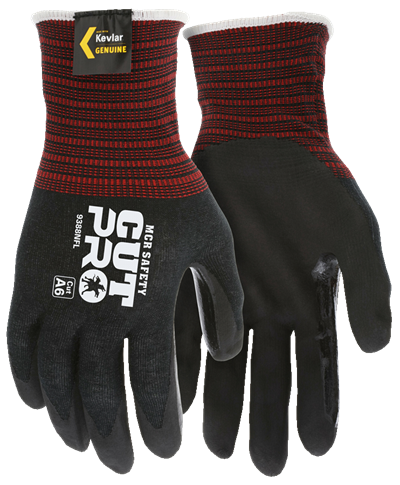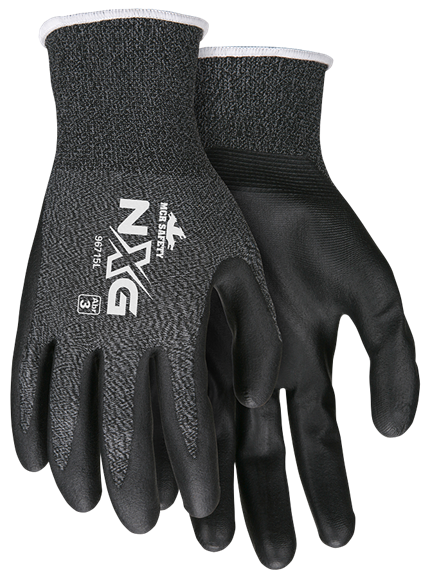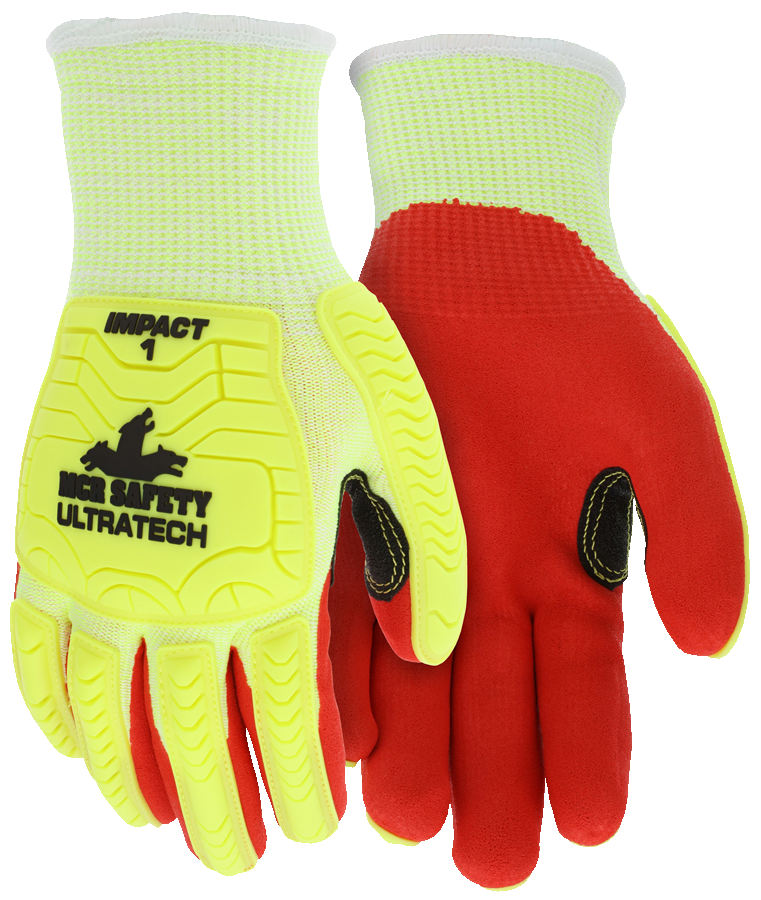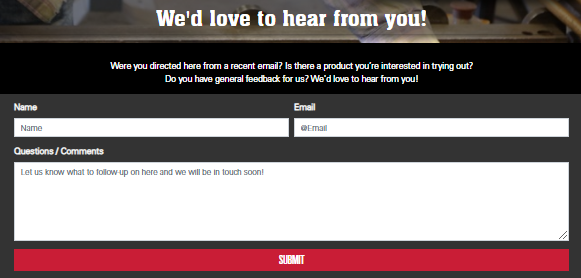31 Oct 10/31/2017
How Touch Screen Gloves Work
Besides keeping your hands warm, touchscreen gloves enable one to have complete tactile control of touchscreens, from zooming, texting, scrolling and swiping. And, the demand for these gloves has been on the rise during the twenty-first century. Once thought to be a passing fad (people like buttons!), touchscreens are now ubiquitous. 173 million people now use smartphones in the US. You answer your phone with a touchscreen and sign your receipts (when you still sign for receipts) using them at the grocery store. More kindergarten children can use an iPad than tie their shoes. It seems that these digital devices are here to stay.
Some additional factors affecting demand are:
- Increased use of touch screens on the job, such as with IPADS
- Smartphones used for phone calls
- Answering both job-related and personal text messages with smartphones

Our new digital world requires hands that can touch screens.
The increase in wearing touchscreen gloves is not seen only within the retail glove market. It has carried over to the workplace, too, for convenience and safety; it makes sense that workers would not want to take off their gloves. Comfort and functionality are two of the most crucial features workers look for in these gloves.
In this article, we highlight all there is to know about touchscreen gloves.
The Overall Problem

There is no problem for most people when going about their everyday lives and using digital equipment in their spare time. However, working with touchscreens can lead to unsafe behaviors for people working in a machine shop, manufacturing floor, or cold construction site. Removing gloves to use a touchscreen and then putting them back on for protection immediately afterward is a bit annoying when done once.
What happens, though, when the process needs to be repeated over and over again? Many workers will ditch their gloves rather than dealing with the constant on and off, exposing them to cuts, burns, abrasions, and toxic chemicals when their hands are unprotected.
How Do Touchscreen Gloves Work?

Touchscreen devices are fantastic! They allow for much greater flexibility in inputting data, which results in better, immediate documentation and increased participation. There are two types of touchscreens. The first kind is resistive. If you push hard enough on the screen, it will react appropriately, usually pressing a “button” or leaving a visible mark. It allows you to “sign” with a plastic stylus; anything hard and pointy would work just as well.
More common than resistive touchscreens these days are capacitive touchscreens. These touchscreens will only react to a touch that holds an electrical charge. The human finger is the most accessible source of this electrical charge and the one that capacitive touchscreens are designed around.
Most modern touch screens use capacitive sensing to pick up the touch. This is based on a glass insulator coated with a transparent conductor. When a finger—which is conductive—touches the screen, the capacitance changes, and the screen’s circuitry picks up this change and can zero in on the exact location of the touch on the screen. That information is then used to activate an app, use a keyboard, respond to a phone call, etc.
Glove Technology

Touchscreen technology has evolved a lot in recent years, and gloves are quickly changing to meet user needs. Our natural hands guide the information we want to see on electronic devices by harnessing our body's natural electricity to set off electronic sensors. However, what happens when your hands are covered up with hand protection? Unless the glove is incorporating capacitive touch functionality, you're not setting off any signals. Most gloves are made with non-conductive materials and, as a result, will not work with touch screens.
The two ways to overcome touchscreen incompatibly are to use either a conductive coating or conductive threads. Conductive coatings can be used on the fingertips, or the gloves can be knitted with conductive threads. Many of our cut-resistant gloves have material made with threads that allow easy swiping of any electronic device.
Our Best Solutions

Touchscreen gloves enable you to keep your hands safe while using whatever touchscreen devices are needed onsite—looking for options? We’ve got several. Workers across all types of industries seek out touchscreen gloves that work. We've made it easy for you to view all of them in one spot by creating a dedicated online touchscreen glove catalog.
Most people want to know what are the best touchscreen gloves. Let's examine the answer to this question by highlighting some of the top-selling styles within our glove lineup.
Our 9178NFO - Memphis gloves not only offer an ANSI A4 cut protection level; they are also touch screen friendly. This is based on the steel found in the thread, which provides users with an excellent sense of touch.

A lightweight, Hi-Vis Cut, and "Touch Screen Friendly"
Our other touch screen friendly gloves include the 96715, 9828PU, 960, and numerous others highlighted on our dedicated touchscreen catalog page. Choose the one that's right for your application. Below, we highlight some additional lightweight options we've recently introduced.
You can find the entire family of gloves that use Orange Kevlar® here.
Lightweight Protection Recently Introduced

An unfortunate statistic every glove manufacturer knows (and one that we have written about before) is that 70% of workers injure their hands because they were not wearing gloves. Even worse, the remaining 30% were most likely wearing gloves not designed for their specific application.
The white paper “2015 Workplace Hand Injury Research Study” found three key takeaways:
- Hand injuries are still an issue,
- Comfort comes first,
- Education is essential.
Comfort, listed as the second bullet point above, is one of the main areas we have been focused on for the last decade. Over the past ten years, we have introduced these new and more comfortable options:
9388NF
Featherweight cut-resistant glove- 18 Gauge DuPont™ Kevlar® / Steel Shell
96715
Ultra-Lightweight - General Purpose Black Nitrile Coated Latex Free, 15- Gauge Pepper/Salt Nylon Shell
As you can see, we have been taking customer feedback regarding comfort exceptionally seriously. When we hear workers are not wearing gloves, because they are not comfortable, we know it is an area we directly influence and where we can improve safety. As a manufacturer, we must do our part in meeting the demands of those needing protection while at work. Otherwise, our statement, “We Protect People,” is just an empty promise. For well over the past decade, you can see that we have been taking action and sailing towards the direction of our customer’s feedback.
For us, the next takeaway—education—then becomes the essential stage. Keeping today’s safety managers and workers informed of the latest innovations is vital to moving that 70% statistic to a much lower number. It involves educating safety managers and users and distributing critical new technologies, such as touch screen functionality. We hope to accomplish this education portion by diving a little deeper into the subject of touch screen gloves.
Warmest Winter Gloves
Protective gloves are critical, especially during winter months, when temperatures drop down into the 10-degree range.
UT1956 Touchscreen Winter Coated Glove, with cut-resistance and impact resistance
Leather Touchscreen
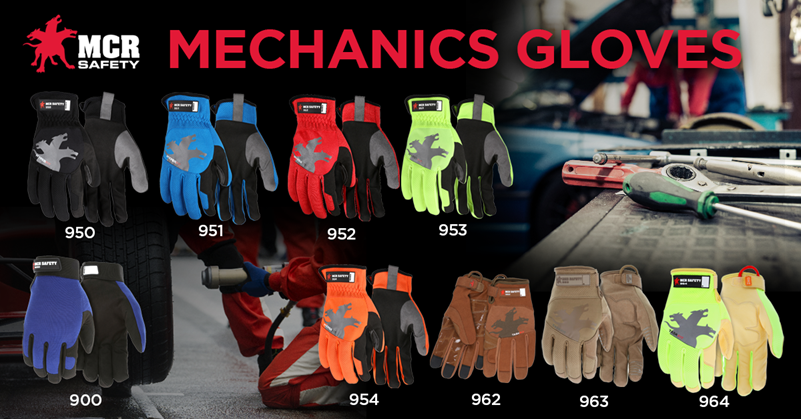
Our synthetic leather mechanics style glove featuring Hyperfit technology are equipped with touchscreen functionality.
Waterproof
Do to the unique fishscale grip found in our Grippaz disposable gloves, these waterproof gloves provide excellent touchscreen functionality for individuals needing to keep their hands free from water.
Common Questions

How to make gloves touch screen?
- Some will recommend stitching the tip of gloves with conductive thread. We don't recommend this approach for those needing protection at work, as it alters the initial glove construction.
How to make touch screen gloves without conductive thread?
- There is a company called AnyGlove that makes formulas that make gloves touchscreen compatible. The U.S. Department of Defense has approved their product.
What material is on touch screen gloves?
- Conductive coating or conductive threads are the traditional ways of making a glove touchscreen friendly.
Advancing Work Gloves with Touchscreen Friendly Gloves

Our new digital world requires hands that can touch screens.
As mentioned above, with over 70% of workers not wearing gloves the last thing a safety manager and company wants to do is provide employees with yet another reason to remove their safety gloves or not even put them on in the first place. From a manufacturing perspective, we recognize touch screen friendly gloves are essential for workers and hope the above shows our dedication to this style work glove.
We welcome any comments, feedback, or suggestions for how we can best protect people at work.
For over 45 years, MCR Safety has proven to be a world leader in gloves, glasses, and garments. Whether it’s on the shop floor, an oil rig, or a construction site, we are there providing solutions to workplace hazards. It’s all part of our commitment to protect people.
No matter your industry, we have the personal protective equipment you need.

Learn more about MCR Safety by checking out our most recent video. For more information, browse our website, request a catalog, find a distributor, or give us a call at 800-955-6887.
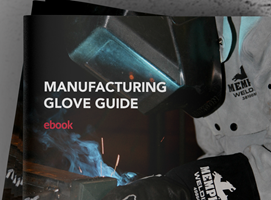
Manufacturing Glove Guide eBook
About the Author
Latest Articles






